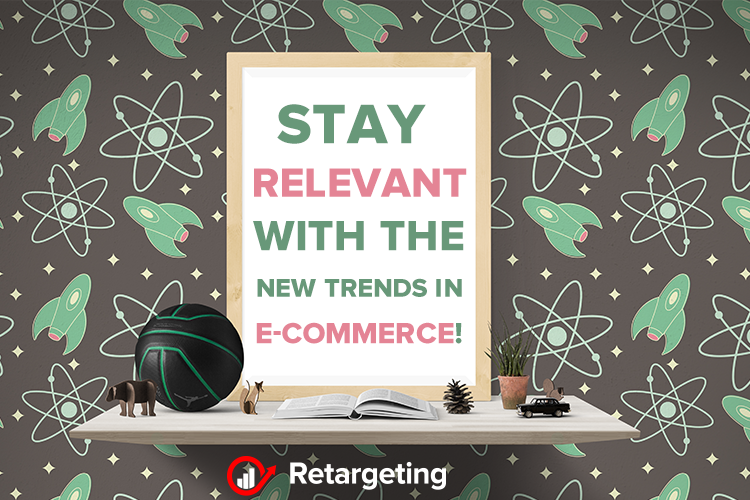We are well into 2017, so if you want a winning e-commerce marketing strategy you need to start planning now. E-commerce continues to grow rapidly, so competition will ramp up faster than the total growth of the market. This means customers will be harder to win, easier to lose and pickier on price and user experience.
Consumers own several devices: smartphone, tablet, computer and expects an online shopping experience that’s quick, easy, and, above all, user friendly. Here are a couple of trends that e-shop owners should embrace to stay up to date.
Goodbye, Black Friday! Hello, Cyber November!
Even though consumers spend more on retail purchases in November, Black Friday and Cyber Monday will no longer start the holiday shopping season. They will be part of an entire shopping season that will kick off in early November.
The benefits are not to be ignored. First of all, the promotions would be spread out over an entire month and retailers can make adjustments along the way, instead of betting it all on just one weekend. Second, logistics would be easier to manage. No more headaches related to the hordes of shoppers that can bring shops and e-shops to a halt during Black Friday weekend.
Adapt to your customers in real-time
Just as search results are different from one person to the next, we see the emergence of an online shopping experience that is unique to each consumer.
Customers will have access to unique content: product recommendations and add-ons chosen based on their preferences, geographic location, market trends, demographic group, past purchases, and brand interactions. And the cherry on top is that they are all completely automatically. Even better, their next visit will be entirely different because it will be based on the previous one and on the merchant’s current promotions.
While this could seem a little intrusive, the opposite is actually true: no more weird recommendations. It’s like walking into a store where the salespeople know your name and what you like.
More and more, consumers will have their first interaction with a chatbot, a fully automated chat agent that will answer questions and act as the first point of contact with the brand.
Chatbots will soon become as commonplace as automated phone systems, only much more interactive and interesting. At the same time, store sales staff will become more important than ever, as they’ll be increasingly involved in the online experience.
So long wallet!
Nowadays, consumers can already make many purchases and transactions without ever taking out their wallets.
All the new methods of payment will lead to the end of the traditional wallet for many people. Especially since there will be possible to use more than just a smart phone: watches, rings, and other devices and “wearables” to pay. Merchants would be wise to set themselves up to accept these new payment methods as soon as possible.
Provide experiences and interactions!
Gen Y and Z consumers are hooked on the instant communication and unique experiences made possible by mobile technologies.
Retailers can now rely on stationary technology that can detect nearby devices and items to enhance their offer and create real-time offers available only to the people who are there at the time.
So, selling only products and services lost its power. Providing experiences and interactions is a must, a fact that major brands will exploit in increasingly innovative ways.
We know what you want before you do!
Predictive analysis is a technology that’s quickly gaining popularity with merchants. By exploiting the massive amount of data collected through interactions and user journey, e-shop can use this technology to better understand purchasing habits, preferences, and, yes, even their next purchases, based on the behavior of other customers with similar profiles.
This technology promises to be very lucrative for retailers, but even more so in the B2B sector, where orders are larger and sales cycles are often slower.
Upgraded logistic
E-commerce, and especially online retail orders, continues to grow, bringing with it both challenges and opportunities related to logistics and delivery. More and more consumers will receive their first same-day delivery, whether at home, at work, or at a drop-off point of their choosing.
Many stores will now operate out of smaller spaces, which will serve as showrooms, fitting rooms, or drop-off points. Customers will be able to order the product they want after having seen it and touched it.


